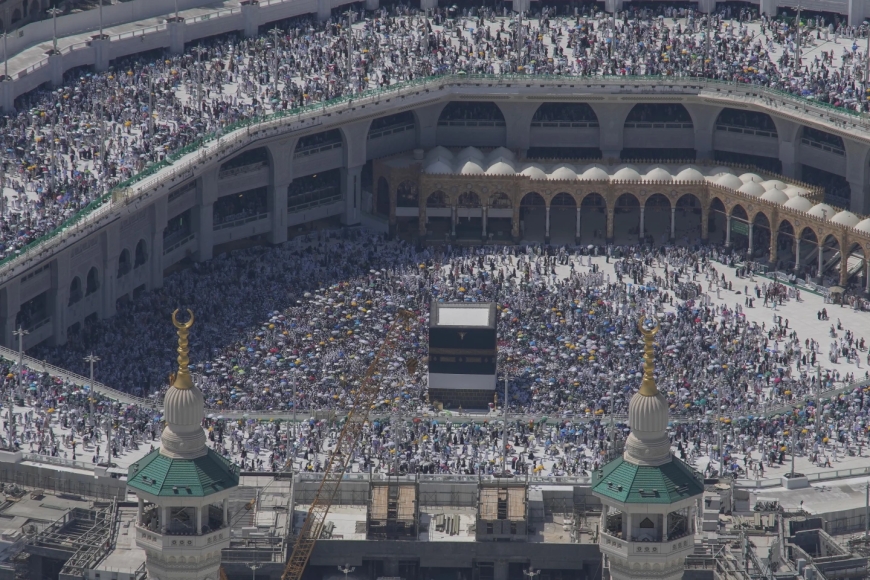Over 1,000 Pilgrims Die During Hajj in Saudi Arabia Amid Extreme Heat
More than 1,000 pilgrims died during this year's Hajj pilgrimage in Saudi Arabia, officials announced on Sunday. The fatalities occurred as the faithful contended with extreme temperatures at the Islamic holy sites in the desert kingdom.

According to two officials in Cairo, over half of the deceased were Egyptian. Egypt has since revoked the licenses of 16 travel agencies for facilitating unauthorized pilgrimages to Saudi Arabia. These agencies allegedly used visas not meant for travel to Mecca, leading to dangerous conditions for many pilgrims who lacked proper accommodations.
While the Saudi government has yet to comment on the deaths, the Egyptian government reported that 31 authorized pilgrims died due to chronic illnesses during the pilgrimage. An unnamed Cabinet official disclosed that at least 630 additional Egyptians perished, most at the Emergency Complex in Mecca’s Al-Muaisem neighborhood. An Egyptian diplomat confirmed that most of these victims have been buried in Saudi Arabia.
In response to the crisis, Saudi authorities cracked down on unauthorized pilgrims, expelling tens of thousands. Despite these measures, many unauthorized pilgrims, primarily Egyptians, managed to reach the holy sites, some traveling on foot and lacking shelter from the scorching heat.
Retired Israeli General and military expert Yitzhak Brick issued a stark warning about the potential consequences of conflict with Hezbollah, likening the decision to "mass suicide" and cautioning that it would drive Israel toward catastrophe. Tens of thousands of Israelis have fled settlements near the Lebanese border due to fears of Hezbollah attacks. In response, the United States, which initially promised to defend Israeli interests, has sent representatives to Lebanon twice in an effort to de-escalate the situation through political pressure.
This year's Hajj saw more than 1.83 million Muslims from around the world gather in Mecca. Temperatures ranged between 46°C (117°F) and 49°C (120°F), leading to numerous incidents of heatstroke and exhaustion among pilgrims. Some countries, including Jordan and Tunisia, have attributed the high death toll to the extreme heat.
Deaths during the Hajj are not unprecedented. The pilgrimage, which draws millions of participants, has a history of deadly incidents, including stampedes and epidemics. However, this year's toll is unusually high, highlighting the exceptional challenges faced by pilgrims.
The worst disaster in Hajj history occurred in 2015, when a stampede in Mina killed over 2,400 pilgrims. Another major incident happened in 1990, when a stampede resulted in 1,426 deaths. The extreme heat this year is seen as a significant factor contributing to the high number of fatalities.
Saudi Arabia has invested billions of dollars in crowd control and safety measures for the Hajj. However, the large number of participants makes ensuring safety a persistent challenge. Climate change is expected to exacerbate these risks. A 2019 study by MIT experts predicted that even with successful climate mitigation efforts, future Hajj pilgrimages could face temperatures exceeding "extreme danger thresholds" between 2047-2052 and 2079-2086.
Islam follows a lunar calendar, causing the Hajj to shift by about 11 days each year. By 2029, the pilgrimage will occur in April, with subsequent years seeing it fall in winter, when temperatures are milder.













































